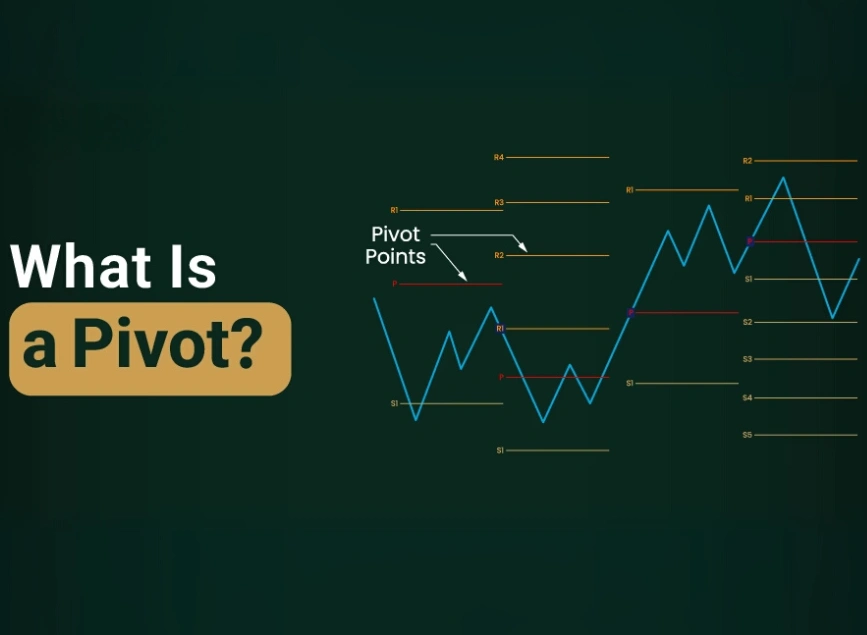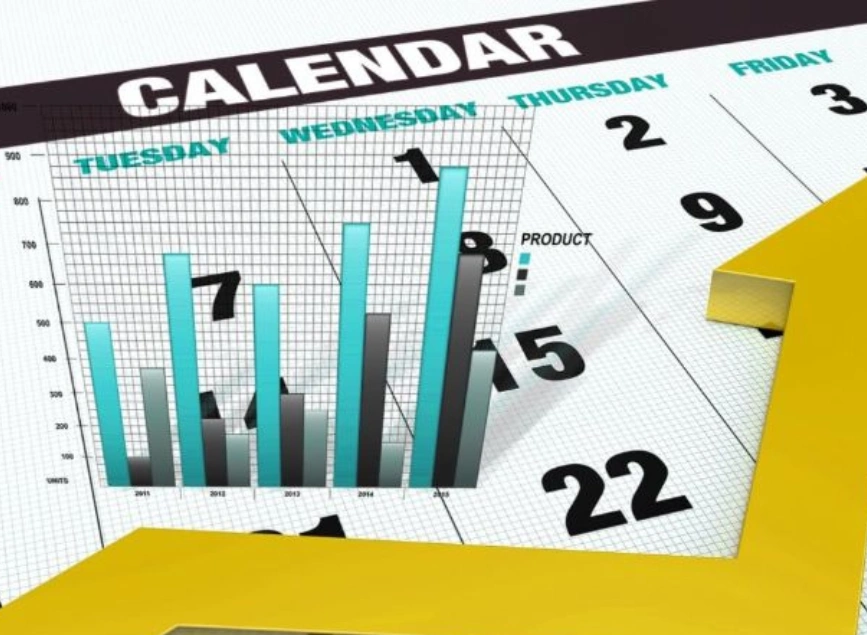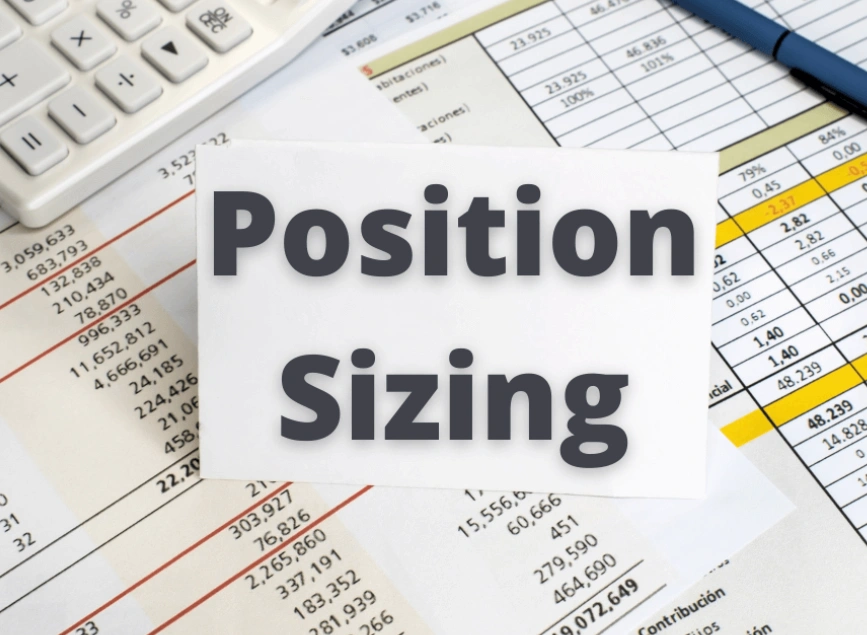
Comprehensive Guide to Trend-Based Trading Strategies
Estimated reading time: 3 minutes
Table of contents
Trend Trading is one of the most effective technical analysis methods in financial markets. It is widely used by professional traders in stock markets, forex, cryptocurrency, and commodities. This strategy is based on identifying the dominant price direction (upward, downward, or sideways) and following it until the trend changes.
In this article we’ll fully explore the best trend strategies, tools for trend analysis, key success tips, and common mistakes in this trading style.
What is Trend Trading?
In trend trading, the trader enters a buy or sell position by identifying the direction of price movement and stays in the trade as long as the trend continues.
Unlike fast and volatile trading styles, trend trading focuses on capturing large and profitable moves in the medium to long term.
Main Advantages of Trend Trading:
Easier to analyze than complex strategies
Potential for big profits during strong trends
Less stress from short-term volatility
Can be used in all markets (stocks, forex, crypto, etc.)
Types of Market Trends
Before trading, it’s essential to recognize the market trend. Markets usually follow one of these three conditions:
Uptrend: Higher highs and higher lows
Downtrend: Lower highs and lower lows
Sideways Trend: Price moves within a stable range
Tools like trendlines, channels, moving averages, and price action help identify these trends.
Read More: Mastering Multi-Timeframe Analysis for Smarter Trading Decisions
Best Trend Strategies for Traders
Moving Average Crossover Strategy
When a short-term moving average (e.g., 50-day) crosses a long-term moving average (e.g., 200-day), it generates a trading signal:
Golden Cross: Buy signal
Death Cross: Sell signal
Best for: Medium-term traders in clearly trending markets
Trading with Trendlines and Channels
Drawing lines on highs and lows gives a strong visual tool for identifying and confirming trends. Price channels define a safe zone for price movements within a trend.
Entry Tip: Buy near support in an uptrend, sell near resistance in a downtrend
Momentum Indicator Strategy (RSI / MACD)
Indicators like RSI and MACD measure trend strength and offer signals for continuation or weakness.
RSI: Levels above 70 or below 30 may signal a trend reversal
MACD: Line crossovers or movement above/below zero give strong signals
Parabolic SAR Strategy
This indicator shows dots above or below candles. Dots below the price suggest an uptrend and above suggest a downtrend.
Advantage: Helps set automatic stop-loss points while following the trend
Fibonacci in Trend Trading
Fibonacci retracement levels (like 38.2% or 61.8%) show possible bounce-back points in a trend.
Best Use: Combine with confirmation candles and trading volume.
Read More: How to Determine if You Can Become a Trader
Useful Tools for Trend Analysis
Platforms: TradingView, MetaTrader 5 for charts and analysis
Indicators: EMA, ADX, Ichimoku Cloud
Economic News: Track fundamental events that influence trends
Key Tips for Success in Trend Trading
Wait for the trend to be confirmed. Don’t rush.
Never trade against the trend. Let the market lead.
Set a stop-loss and stick to it.
Don’t change your strategy without a solid reason.
Avoid using trend strategies in sideways markets.
Common Mistakes in Trend Trading
Entering too early before confirming the trend
Using large lot sizes without proper risk management
Ignoring important news or fundamental events
Using too many indicators at once (overfitting)
Not keeping a trading journal to track your performance
Conclusion
Trend trading is one of the most professional and effective ways to earn profits in financial markets. Using simple yet powerful tools, it allows traders to spot great opportunities. By combining technical analysis, risk management, and patience, you can build a strong and growing trading account through trend strategies.
Share
Hot topics

What Is a Forex Broker and What Do They Do?
If you’ve ever browsed through financial websites or listened to others discuss currency trading, you’ve probably encountered the term forex broker, which may sound a bit technical, but the truth...
Read more




Submit comment
Your email address will not be published. Required fields are marked *